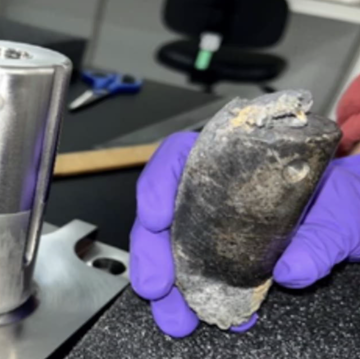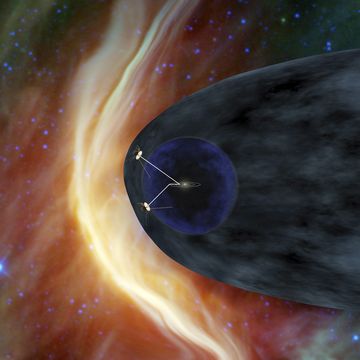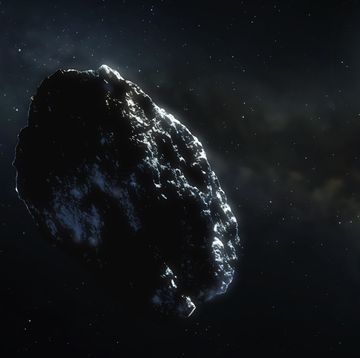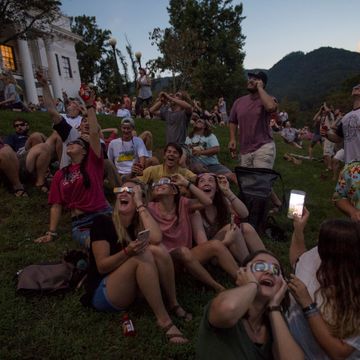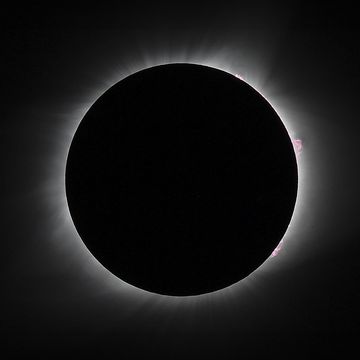Update 5/28 5:40 p.m. EDT: On the second attempt to expand the Bigelow Expandable Activity Module (BEAM), NASA succesfully deployed and inflated the habitat to pressures consistent with their expectations. It was a long process, beginning at 9:04 a.m. EDT this morning and taking almost eight hours. As of this writing, astronaut Jeff Williams is equalizing the pressure between the BEAM and ths ISS, but the habitat is stable after being sucessfully expanded and pressurized. The first astronauts will enter the BEAM habitat in about a week, though an exact date and time have not yet been announced.
Update 5/27: The BEAM module did not inflate at the rate that NASA's models indicated it should and was subjected to more pressure than expected, likely do to friction forces in the fabric. NASA will attempt to inflate the module again tomorrow, May 28, with a new model for inflation and higher amounts of air pressure pumping into the inflatable habitat. If that attempt fails, they will remove the air currently in the module and then reconnect it to the ISS with the robotic arm. NASA says they are confident that the BEAM is structurally sound and that in a technology demonstration like this, setbacks are to be expected. The event will be televised on NASA TV tomorrow, thought a specific time has yet to be determined.
Update 5/26: NASA canceled the inflation of the Bigelow Expandable Activity Module (BEAM) on the ISS after the module failed to expand at the expected rate when astronaut Jeff Williams began pumping in air. NASA and Bigelow Aerospace are looking into a possible second attempt on Friday, May 27.
NASA is all set to inflate the Bigelow Expandable Activity Module (BEAM)—a habit that was attached to the International Space Station last month. You can watch coverage of the inflation live on NASA television (above) starting Thursday May 26 at 5:30 a.m. Eastern time—though the actual inflation process is slated to start at 6:10 a.m.
The quarters on the ISS can be a bit cramped with six astronauts from around the world conducting various research and scientific experiments in space. Inflatable habitats could be the perfect solution because they take up very little space on a launch vehicle, but can expand to provide extra room for astronauts to live and work.
NASA astronaut Jeff Williams will lead the operations to inflate the module, and the first astronauts will enter BEAM on June 2, 2016. The inflated module will undergo a two-year test period to study how it stands up to radiation, temperature fluctuations, and pieces of debris.

Jay Bennett is the associate editor of PopularMechanics.com. He has also written for Smithsonian, Popular Science and Outside Magazine.


